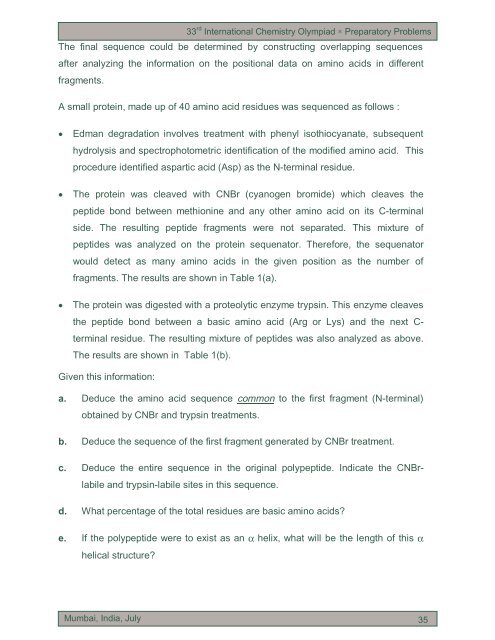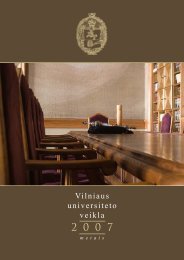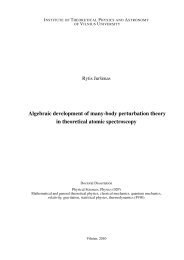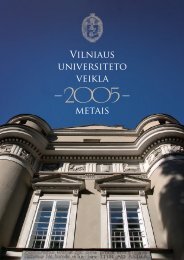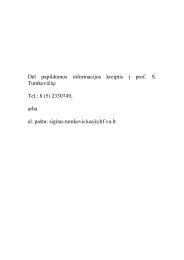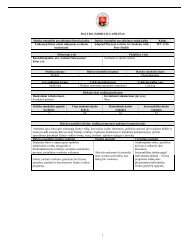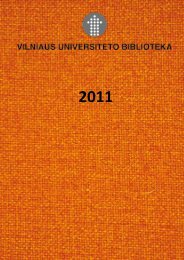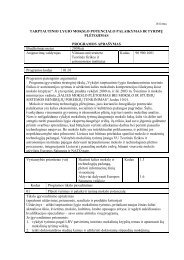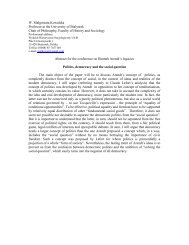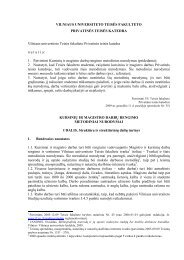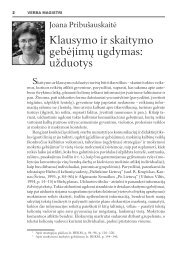Problem 6 Atomic and molecular orbitals - PianetaChimica.it
Problem 6 Atomic and molecular orbitals - PianetaChimica.it
Problem 6 Atomic and molecular orbitals - PianetaChimica.it
Create successful ePaper yourself
Turn your PDF publications into a flip-book with our unique Google optimized e-Paper software.
33 rd International Chemistry Olympiad ∗ Preparatory <strong>Problem</strong>sThe final sequence could be determined by constructing overlapping sequencesafter analyzing the information on the pos<strong>it</strong>ional data on amino acids in differentfragments.A small protein, made up of 40 amino acid residues was sequenced as follows :• Edman degradation involves treatment w<strong>it</strong>h phenyl isothiocyanate, subsequenthydrolysis <strong>and</strong> spectrophotometric identification of the modified amino acid. Thisprocedure identified aspartic acid (Asp) as the N-terminal residue.• The protein was cleaved w<strong>it</strong>h CNBr (cyanogen bromide) which cleaves thepeptide bond between methionine <strong>and</strong> any other amino acid on <strong>it</strong>s C-terminalside. The resulting peptide fragments were not separated. This mixture ofpeptides was analyzed on the protein sequenator. Therefore, the sequenatorwould detect as many amino acids in the given pos<strong>it</strong>ion as the number offragments. The results are shown in Table 1(a).• The protein was digested w<strong>it</strong>h a proteolytic enzyme trypsin. This enzyme cleavesthe peptide bond between a basic amino acid (Arg or Lys) <strong>and</strong> the next C-terminal residue. The resulting mixture of peptides was also analyzed as above.The results are shown in Table 1(b).Given this information:a. Deduce the amino acid sequence common to the first fragment (N-terminal)obtained by CNBr <strong>and</strong> trypsin treatments.b. Deduce the sequence of the first fragment generated by CNBr treatment.c. Deduce the entire sequence in the original polypeptide. Indicate the CNBrlabile<strong>and</strong> trypsin-labile s<strong>it</strong>es in this sequence.d. What percentage of the total residues are basic amino acids?e. If the polypeptide were to exist as an α helix, what will be the length of this αhelical structure?Mumbai, India, July35 35


